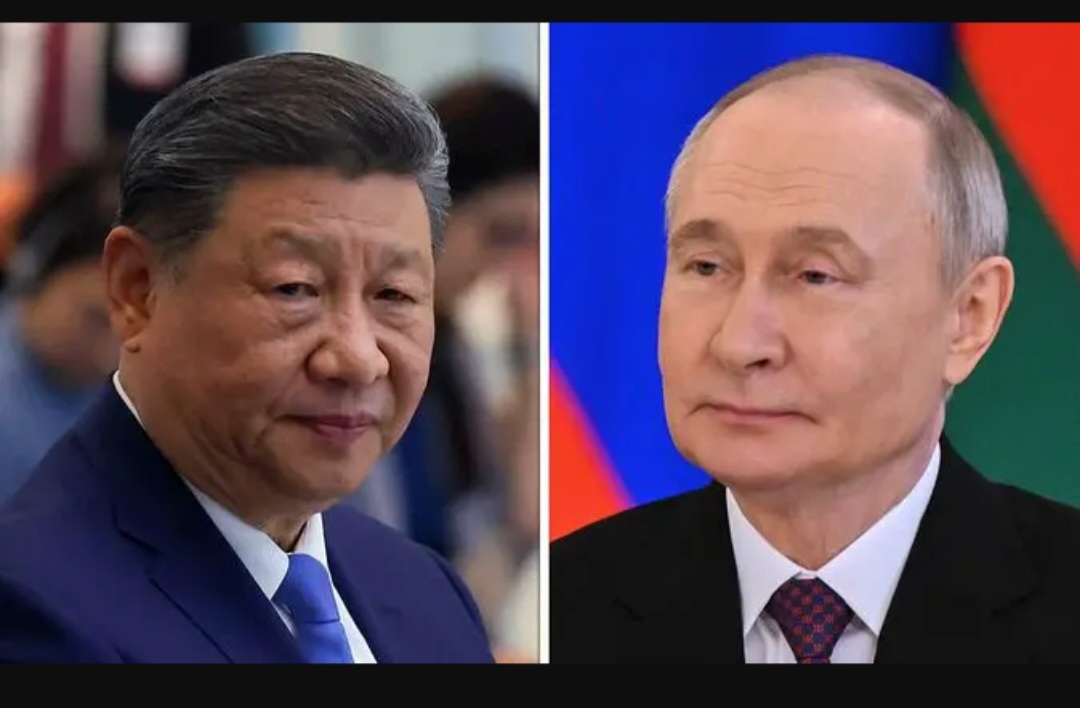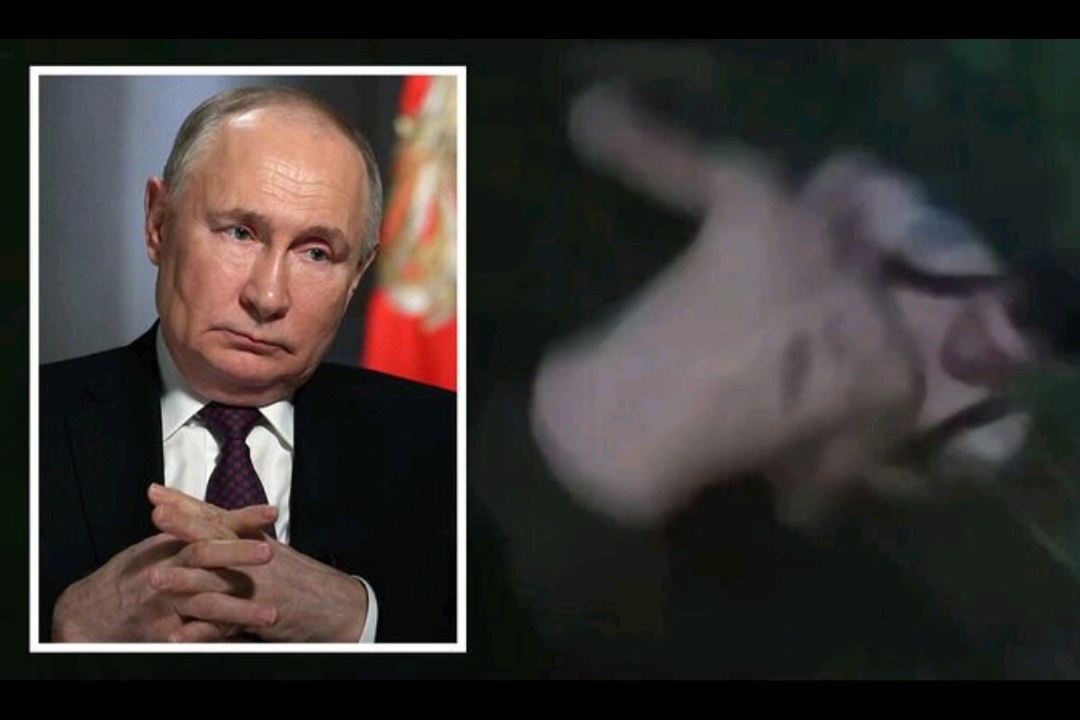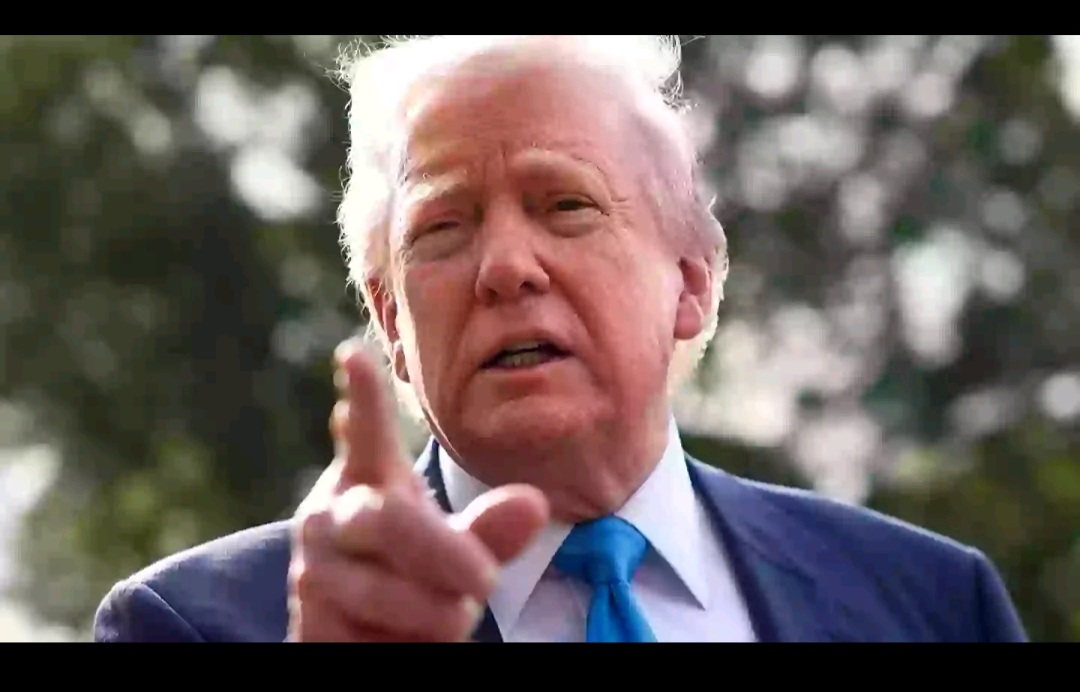China is secretly helping Russia get weapons by using fake companies to hide the deals, according to an expert named Stefan Bejan from Watchdog Moldova. He says China plays a big part in making sure Russia keeps getting the arms it needs to continue its war in Ukraine. Instead of sending weapons directly, China uses other companies to cover up what’s really going on. These companies ship drones and other military equipment to Russia, helping them get around international sanctions meant to stop the war.
Bejan explained how the money and weapons move. It starts with Promsvyazbank, which is the main bank supporting Russia’s military. Money from this bank is sent through a payment platform called A7. A7 is partly owned by Ilan Shor, a businessman with strong ties to helping Russia avoid sanctions. After that, the money goes into accounts at Capital Bank of Central Asia. There, it is turned into other currencies like Chinese yuan or US dollars. Then, it flows through fake companies and is used to buy weapons from Chinese businesses.
Even though China, under President Xi Jinping, officially denies helping Russia, Bejan believes Chinese leaders know exactly what is happening. China is careful not to sell arms directly to Russia. Instead, it uses third-party companies to create a layer of distance, giving it “plausible deniability” — meaning it can claim it’s not involved if caught. This setup reflects the close relationship between Russia and China, which both countries have described as a “limitless friendship.”
Bejan also said China is careful because it doesn’t want to face “secondary sanctions” from Western countries. These sanctions could hurt China’s economy if it is seen as openly helping Russia. That’s why China makes it look like the weapon sales are just private business deals, not government support. Still, China is providing Russia with important help, including technology, economic aid, and, as these findings show, weapons.
The trick of using shell companies and intermediaries makes it very hard for Western countries to directly stop these deals. However, Bejan believes that regulators around the world will start paying closer attention. He expects more sanctions will come, especially targeting the banks and companies involved in Central Asia.
Bejan explained that these hidden financial operations are one of the reasons Russia can keep fighting in Ukraine. Even though sanctions have hurt Russia’s economy and military, these secret money and arms channels keep them going. He warned that unless these operations are shut down, the war could continue for a very long time. READ FULL STORY HERE>>>CLICK HERE TO CONTINUE READING>>>
A key player in this scheme is Ilan Shor, who owns part of A7 and is currently living in Moscow. He is already under sanctions by the US, UK, and EU. Shor has strong connections with political leaders in both Russia and Moldova, making him an important figure in keeping these operations running smoothly — and he profits from them.
Beyond Russia’s war, these secret financial moves could also impact nearby countries like Moldova, which borders Ukraine. Bejan warned that some of the money moving through these networks could end up funding pro-Russian political campaigns in Moldova, which would create even more instability, especially with upcoming elections there.
In the bigger picture, Bejan said the arms shipments are just one part of a larger web of financial and political cooperation between Russia and China. As the war in Ukraine drags on, he stressed that the West must work harder to disrupt these secret deals to avoid further chaos.
His warning adds to growing fears about China’s true role in the Ukraine conflict. Although China claims it is neutral, its actions tell a different story. As Russia and China grow even closer, the world will have to watch their alliance carefully, especially to see how it might affect the war and global stability in the future.
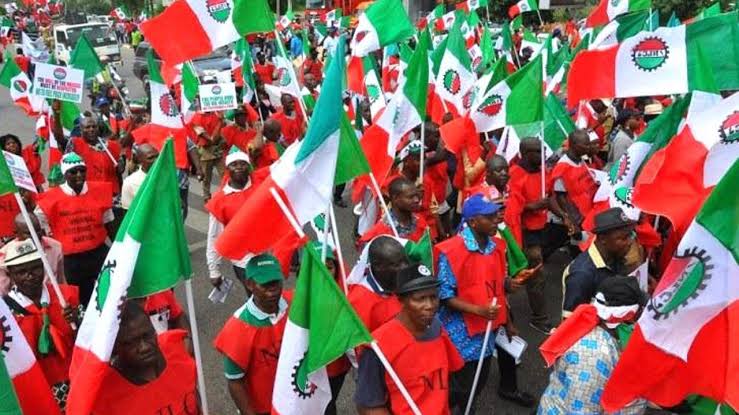

 IN-THE-NEWS11 months ago
IN-THE-NEWS11 months ago
 IN-THE-NEWS8 months ago
IN-THE-NEWS8 months ago
 METRO10 months ago
METRO10 months ago
 METRO10 months ago
METRO10 months ago
 IN-THE-NEWS11 months ago
IN-THE-NEWS11 months ago
 HEALTH & LIFESTYLE8 months ago
HEALTH & LIFESTYLE8 months ago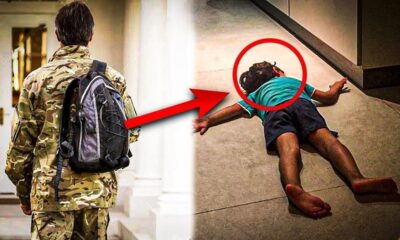
 METRO10 months ago
METRO10 months ago
 IN-THE-NEWS10 months ago
IN-THE-NEWS10 months ago
